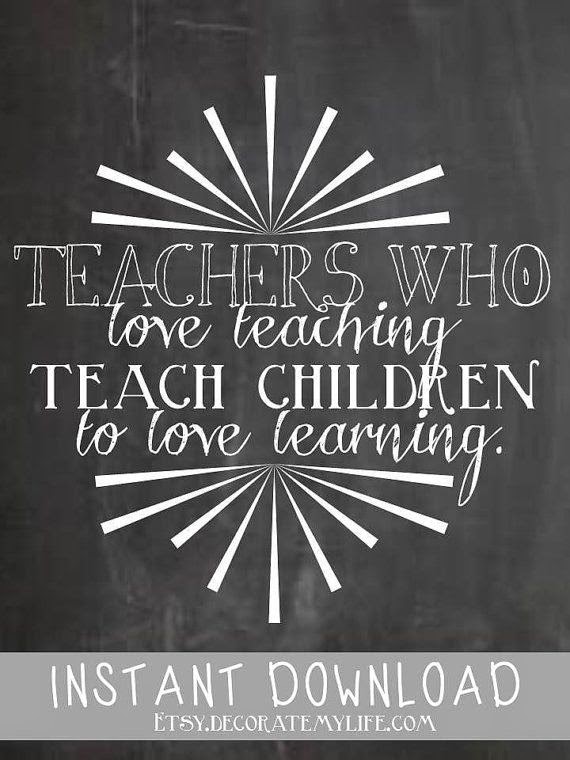Main ideas from:
The Comprehension Matrix: A Tool for Designing Comprehension Instruction
Comprehension Matrix
1.
Prereading: Ask the students questions about what they
already know on the topic such as, "Have you ever been to
the beach?" if you are introducing a text about the beach.
Also encourage the children to make a prediction about
what might happen in the book.
2.
During-Reading: Encourage students to make predictions throughout the book and ask them if their predictions were correct after reading a certain section.
3.
Postreading: Set up time for children to create something new from what they have read. Activities such as creating a timelime, writing a letter, Venn diagrams, or graphic organizers are just a few that could be completed after reading. This way, children are reflecting back on what they read.
*As teachers, we should go in to a lesson having a goal of what we want the kids to take away from the lesson. Do they need to know new information, new strategies, have an interest in the topic, or what concepts do they need to know before I introduce the topic? If we have a goal going in to the lesson, it will be more successful for the children.
Main ideas from:
Kindergarteners Can Do IT, Too! Comprehension Strategies for Early Readers
Two things that I really liked from this article was the Velcro Theory and the visualization activity.
1. Velcro Theory: Since kindergarten is a big year for the alphabet, I like that the teacher used the alphabet to tie in words such as connection and visualization. When she was reading, they would raise their hand in the shape of a C or V to represent connection and visualization. Then, they would explain their reasons.
2. Visualization: When a good reader is reading, they visualize what is going on in their head. I like that the teacher talked about this and allowed for the kids to draw what the teacher read.
Here are some great books to use for a drawing activity.
QUESTION: It appears that comprehension is not really explained to children in the classroom at a young age. How can we make sure these children understand the meaning of comprehension and the purpose behind it?











